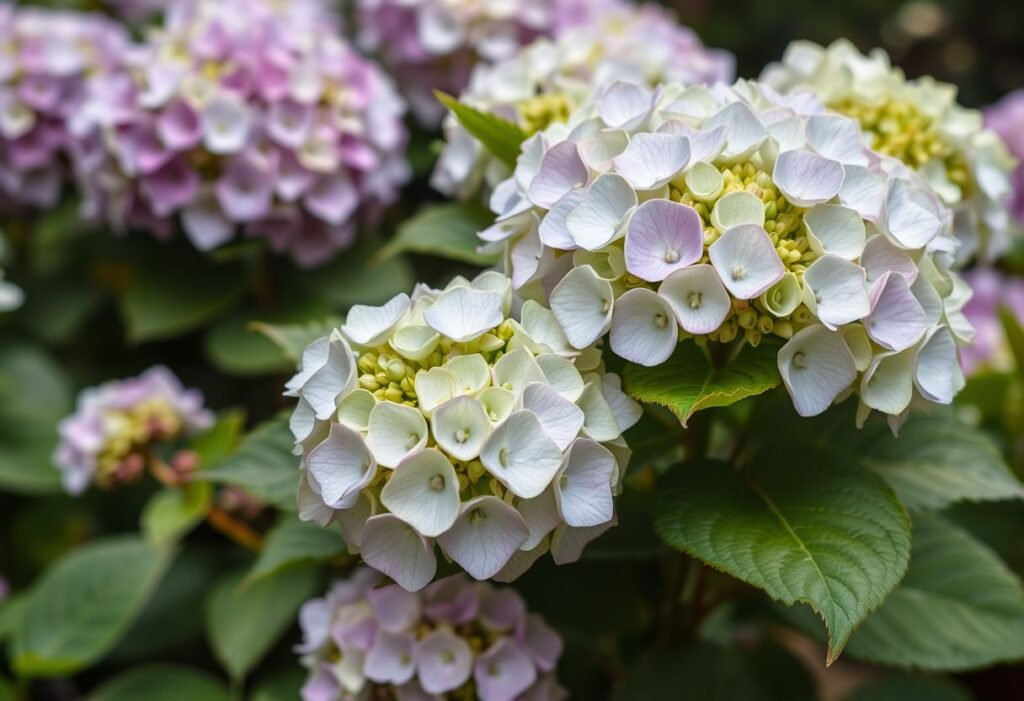Understanding the Basics of Pruning
Understanding the fundamentals of pruning is essential for healthy growth and blooming of hydrangeas. Different types of hydrangeas require slightly different approaches, making it worthwhile to invest time in their care. Pruning removes dead or diseased branches while stimulating the growth of new shoots, creating a fuller appearance.
The Best Time for Pruning
When to prune hydrangeas largely depends on their variety. Generally, spring or fall is recommended for pruning. This is when plants begin their growth cycle anew. Pruning in spring is ideal for hydrangeas that bloom on new wood, while a fall cut is advisable for those that bloom on old wood.
Essential Tools for Pruning
You don’t need complicated tools to prune hydrangeas; quality pruners are sufficient to ensure clean cuts, which are vital for plant health. Consider wearing protective gloves to keep your hands safe from cuts and scrapes.
Steps for Proper Pruning
Pruning hydrangeas requires precision and patience. Here are some steps to follow:
1. Observe the plant and locate any dry or damaged branches.
2. Make cuts just above a leaf node to support new growth.
3. Ensure that your cut is at an angle to prevent water accumulation at the cut site.
4. Avoid excessive cutting to prevent harming the plant.
Different Types of Hydrangeas and Their Pruning Needs
Each type of hydrangea has its own requirements. For instance, panicle hydrangeas typically need to be pruned in the spring, while mophead and lacecap varieties are best pruned in early spring or immediately after blooming. Understanding the specific needs of each type will yield the best results.
Caring for Hydrangeas After Pruning
After pruning, hydrangeas need proper care. Ensure you fertilize the soil and provide sufficient water to help your plants recover. Keep an eye out for any pests or diseases that may arise, monitoring your plants vigilantly for any signs of distress.
Conclusion
Pruning garden hydrangeas is fundamental for enjoying their beauty through multiple seasons. By applying the right cutting techniques and caring for the plants post-pruning, you set the stage for vibrant and healthy blooms. Remember that every plant is unique, so invest time in understanding them better.
Disclaimer
This article is for informational purposes only and does not replace professional gardening advice.

















